Welcome to #ColorFull part 1!
Color is light alone,
but it is experienced so directly & powerfully
that we think of it as a physical entity.
~Linda Holtzschue
Do you remember learning your colors? I don’t. I can remember learning fancy color words like “camel” or “periwinkle,” but broad categories like “brown” & “purple” feel like they have always been in my vocabulary! How old were you when you learned that color is perceived a little bit differently from person to person? How old were you when you learned that you see color a little bit differently from moment to moment?
Color perception depends on many things. It depends on who is looking at the color- as we’ve mentioned before, everyone is the same in that everyone is different! That extends to colors as well. A small percentage of the population has Color Vision Deficiency (CVD – sometimes referred to as being ‘color blind’) but people with typical color vision will each see colors differently, too. Color perception also depends on what other colors are around it- yellow will look brighter against a dull gray background than it will against a hot pink one. It depends on the medium the color is made of- the same soft blue will look different in colored pencil than it will in acrylic paint, or cake frosting, or on a computer screen. It depends on the light you are using to look at the color- a red couch can seem brown or even black in dim light.
 This hummingbird’s bright green feathers look even brighter against beige
This hummingbird’s bright green feathers look even brighter against beige
At the same time, your own knowledge can change how you perceive color. Most people could tell you that a couch is red. An interior decorator might specify that the couch is crimson, or alizarin, or cadmium. And if you know the couch is red, then see it in the dark, you won’t find yourself wondering “OMG who painted my couch black!!!???” This is because of a little thing called “color constancy,” where your brain will still be telling you that the couch is red.
‘Color constancy’ is a nice little shortcut for your brain to take, handily remembering what color things should be & filling that information in for you. This means your brain doesn’t have to note the hue of every single thing you see every single time you see it. Considering all the other things your brain is keeping track of all the time, this is very convenient! Maybe a little too convenient…
Once you “know” what color something is going to be, that ‘memory color’ can get you into trouble. Memory color is why people often paint the ocean blue, even if the water in front of them is gray or green or clear. They “know” it’s blue, so they don’t really look at their reference.

Your brain plays a lot with color, actually. Most people these days report that their memory, dreams, & daydreams are typically in color. In the 1940s, when television was still black & white, a much higher percentage of people reported that their dreams were “rarely” or “never” in color! Headaches & head trauma can make you see color, or even feel it. For example, when I get a particularly bad headache everything ‘feels’ red, even though I don’t actually see anything as red.
This series of articles about color will be focused mainly on the visible spectrum (or as we tend to call it, “light”), as humans typically perceive it. I have to limit the focus to humans, or this series would never end as I talked about all the animals who see differently than we do! But you all know me, I can’t just not talk about animals. As such I’m going to take a paragraph now to infodump talk about how other animals see color. Many insects & birds see in ultraviolet light, which completely changes how plants look. Some snakes see infrared light, aiding their heat detection even in pitch black environments. Nocturnal animals often, but not always, see almost entirely in achromatic tones- also known as grayscale. Insectivorous bats see in grayscale, & fruit bats see colors, which helps them spot the ripest fruit! Animals also use color in the wild, most notably the bowerbirds and their famous nests. Zoos use color as enrichment activities for the animals they care for, so I will end this digression with a lovely video from the Smithsonian that shows lots of different animals painting!.
Tune in on future Tuesdays to learn more about color!
We’ll be talking about how our ancestors made pigments & what they used them for.
We’ll be talking about how we currently make pigments & what we use them for.
We’ll be talking about how we physically see color, how we categorize it, & how we organize it.
Finally, we’ll be getting down to brass tacks & talking about specific colors!
It’s going to be a wild ride. I can't wait!
In the meantime – in between times – my #KWPrompts art challenge is ongoing!
We still have another week of the #LimitedPalette prompt
Check out this link for more information!
Get my art on mugs & vinyl stickers in my Shop!
Join us for #ArtABCs, the best art challenge on the internet!
- All pictures posted are my own work.
- All reviews are my own unpaid & unsolicited opinions.
 The Calm Before The Storm
The Calm Before The Storm Imp Cat wants to play
Imp Cat wants to play If I Fits…
If I Fits… This picture has a notable lack of branding on the electronics & food.
This picture has a notable lack of branding on the electronics & food. I don’t have a logo, but I do have an avatar. Do you think that counts? Last time in the
I don’t have a logo, but I do have an avatar. Do you think that counts? Last time in the 


 Red cardinal, brown branch; all is right in the Color Conformists’ world.
Red cardinal, brown branch; all is right in the Color Conformists’ world. This basilisk is a terrifying monster in a friendly color palette.
This basilisk is a terrifying monster in a friendly color palette. I want a turtle in my favorite colors & I will not let reality get in my way!
I want a turtle in my favorite colors & I will not let reality get in my way! These are all my colors, the wheel is my 3 favorite CMY primaries
These are all my colors, the wheel is my 3 favorite CMY primaries 90% of my red paintings are foxes.
90% of my red paintings are foxes. 10% of my red paintings are fan art
10% of my red paintings are fan art This hummingbird’s bright green feathers look even brighter against beige
This hummingbird’s bright green feathers look even brighter against beige
 Two colors
Two colors Three colors
Three colors Three colors
Three colors Three colors
This duck was supposed to just use yellow & sienna, but then I splattered it with blue from another painting & didn't notice until it had dried. Always protect you work, friends, & be prepared to roll with your mistakes!
Three colors
This duck was supposed to just use yellow & sienna, but then I splattered it with blue from another painting & didn't notice until it had dried. Always protect you work, friends, & be prepared to roll with your mistakes!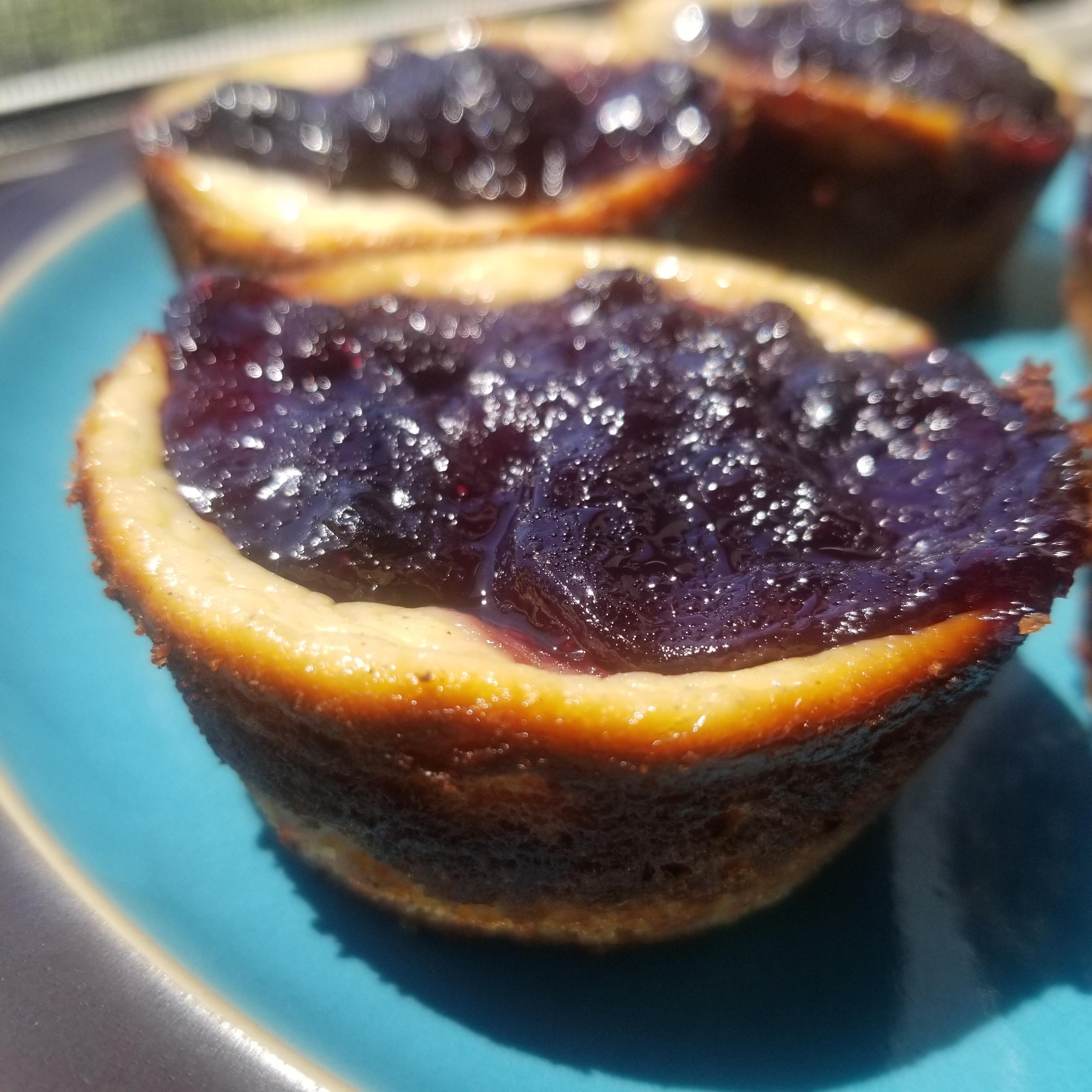
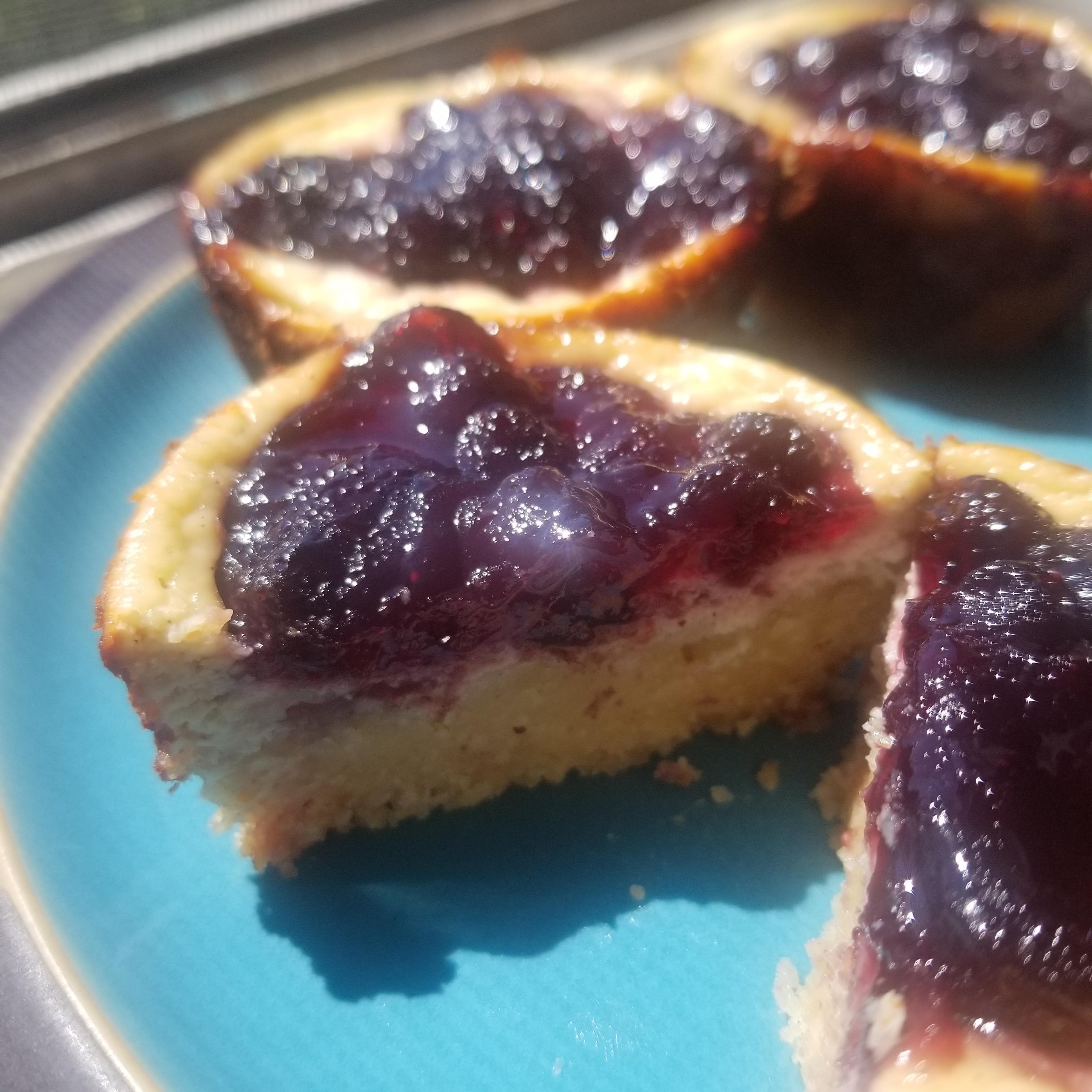
 Some subjects are already monochromatic, which makes things easy
Some subjects are already monochromatic, which makes things easy This art challenge is a tribute to the
This art challenge is a tribute to the  Don't sleep on this art challenge!
Don't sleep on this art challenge!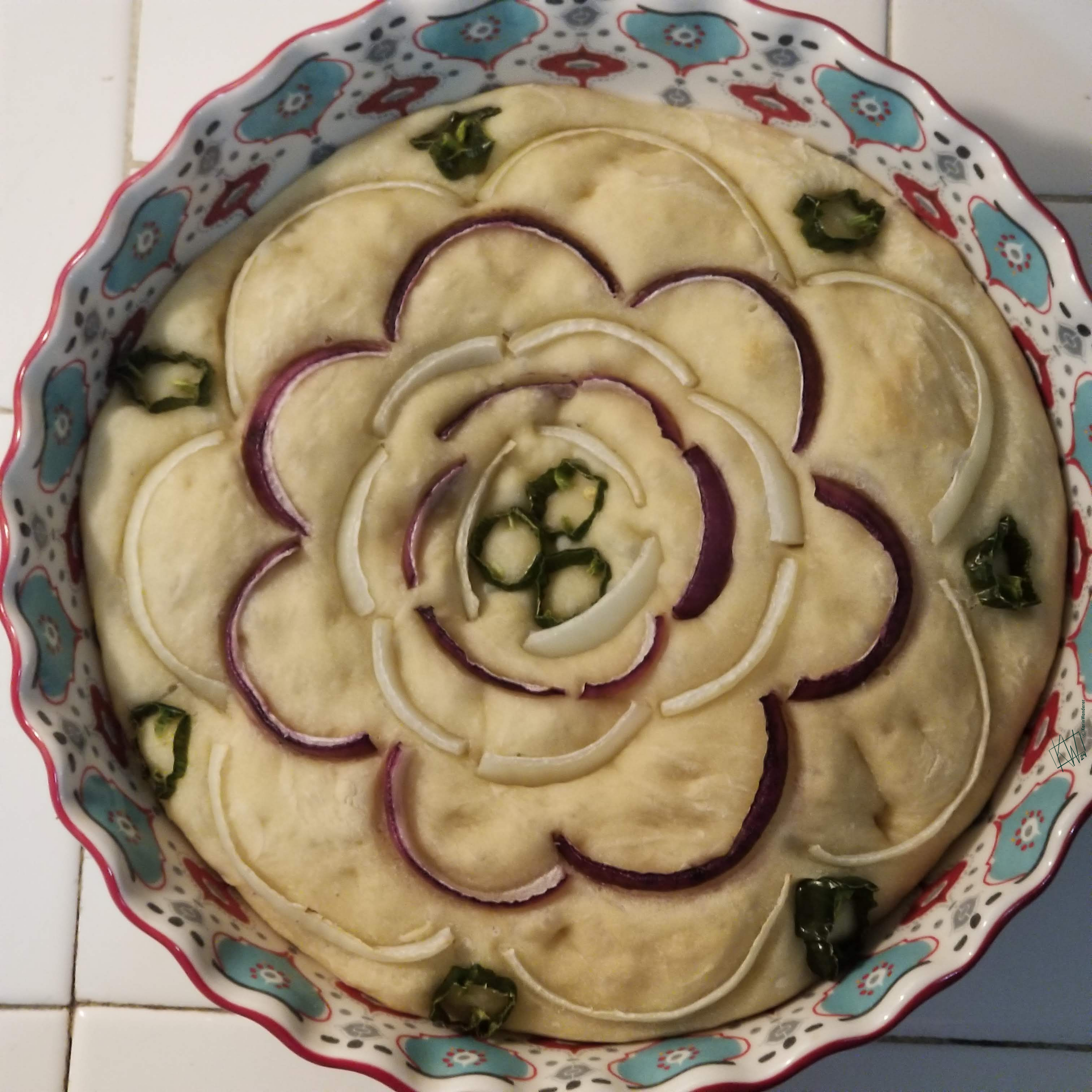 Red & white onions with shishito peppers
Red & white onions with shishito peppers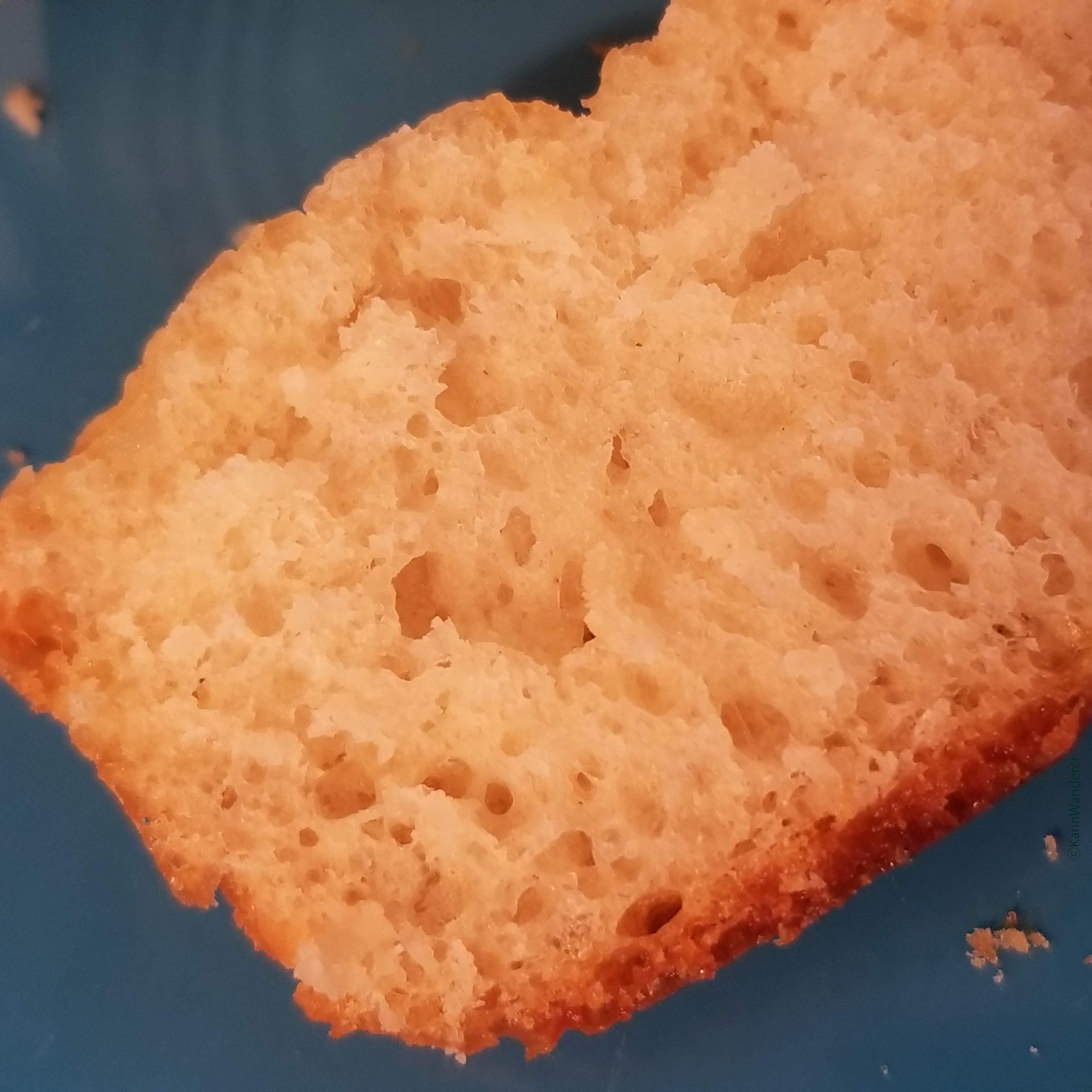 Focaccia dough makes great pizza & pizza dough makes great focaccia
Focaccia dough makes great pizza & pizza dough makes great focaccia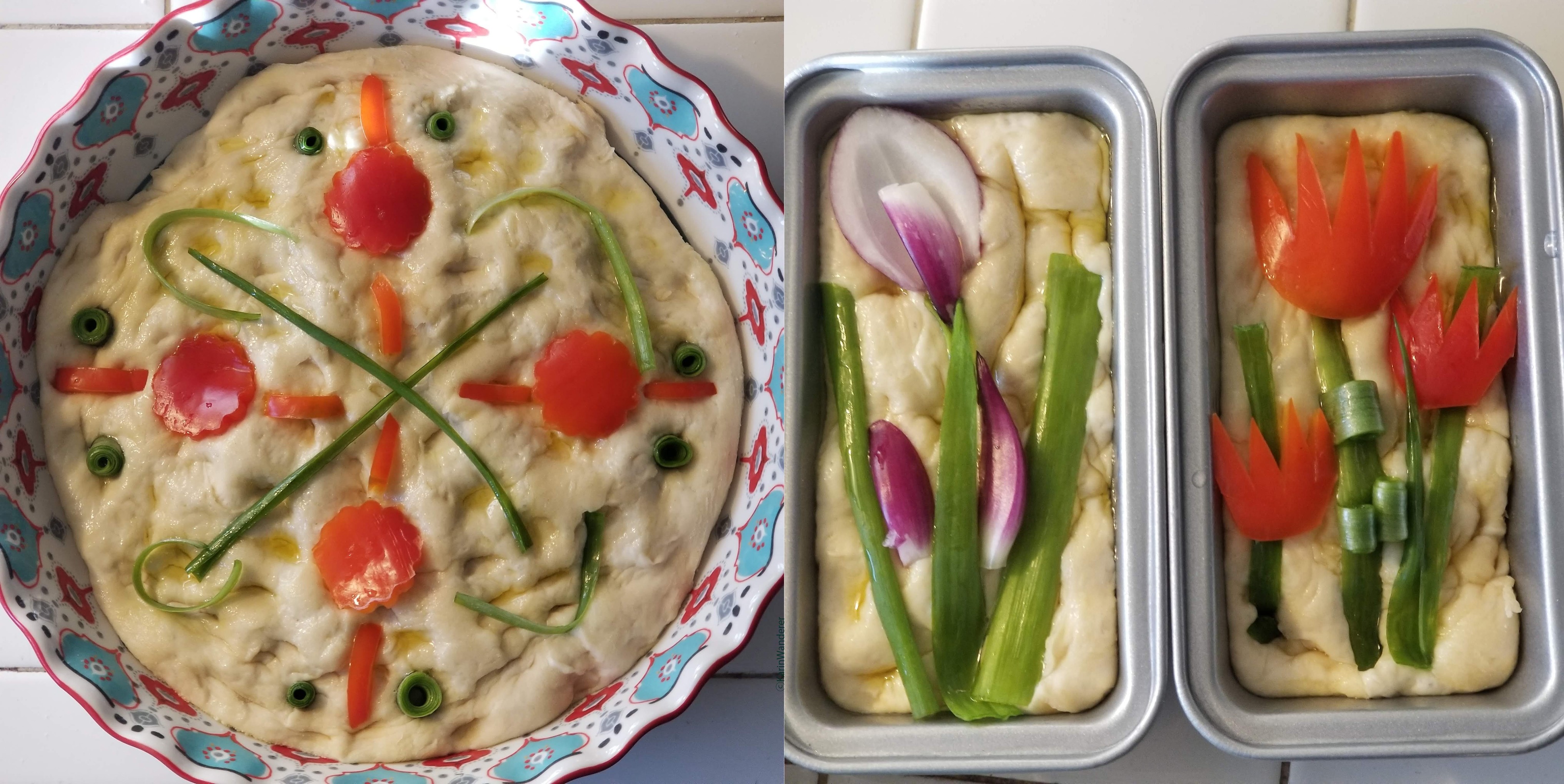 Test 1: Unbaked
Test 1: Unbaked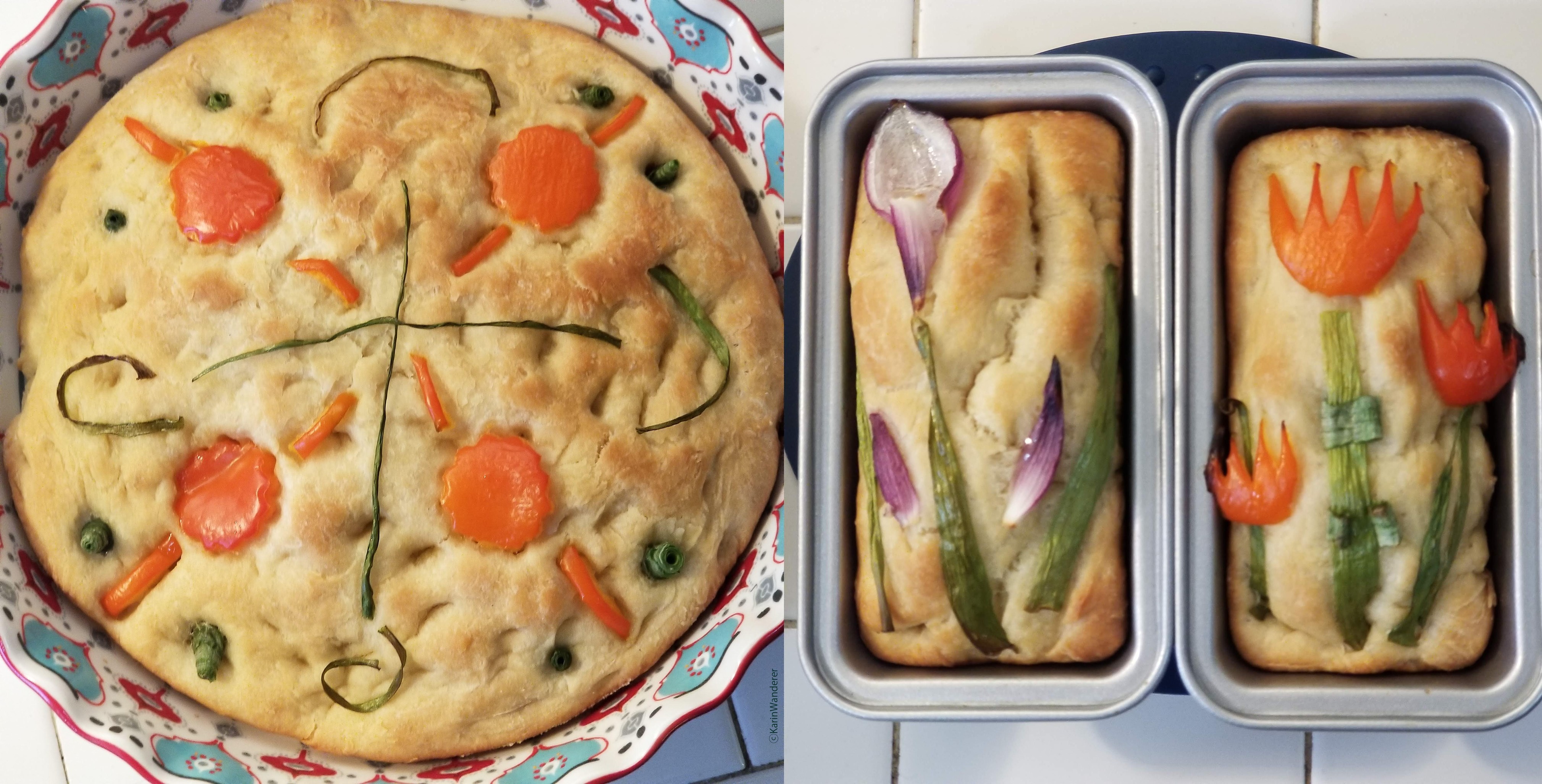 Test 1: Baked
Test 1: Baked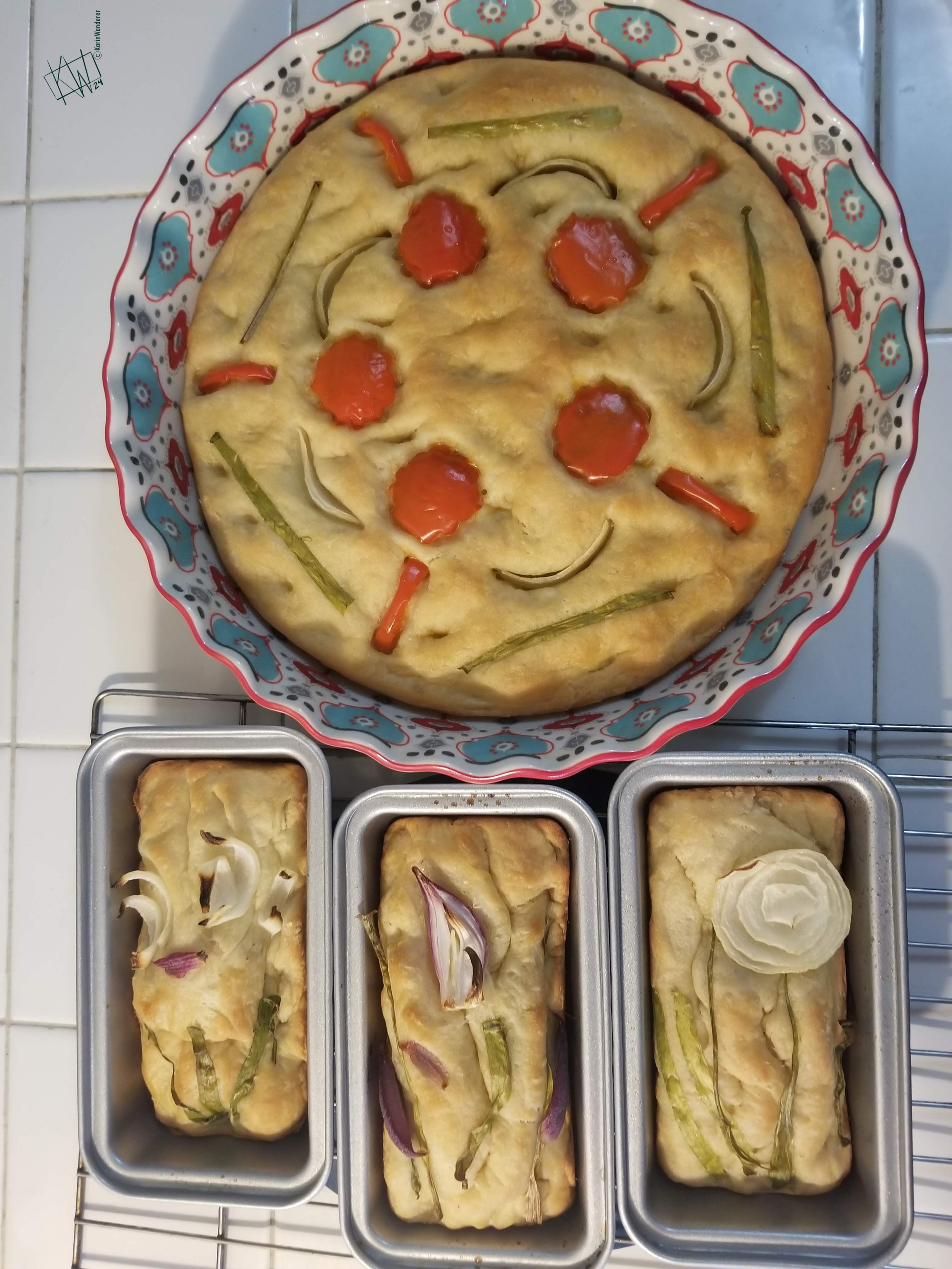 Ask me how I know!
Ask me how I know!